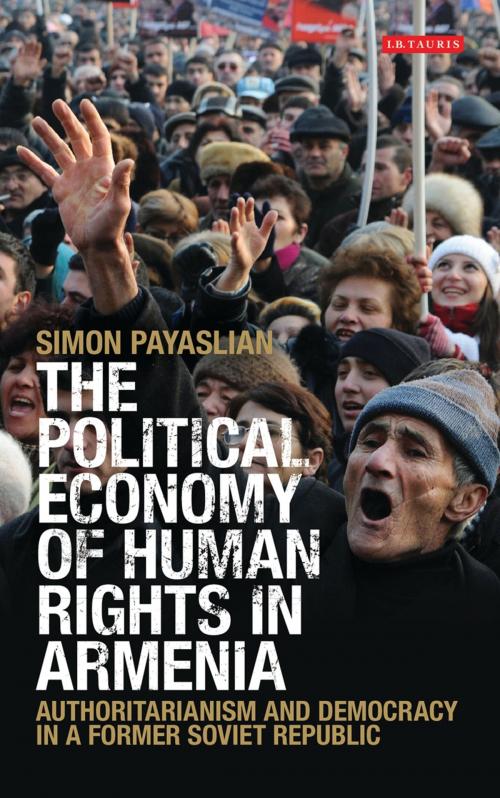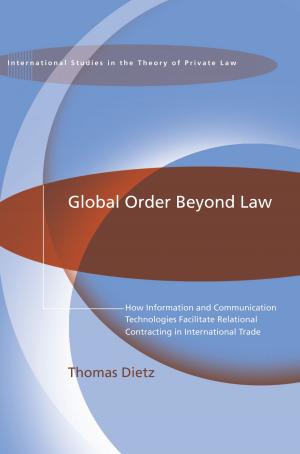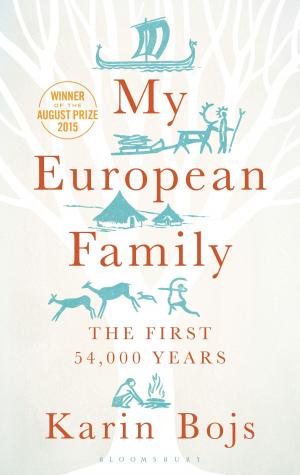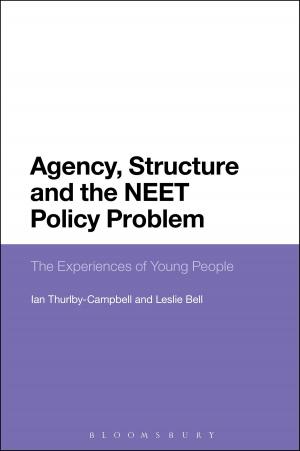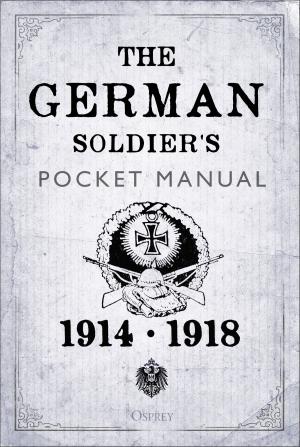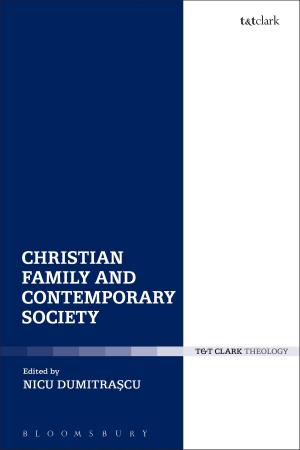The Political Economy of Human Rights in Armenia
Authoritarianism and Democracy in a Former Soviet Republic
Nonfiction, History, Eastern Europe, Social & Cultural Studies, Political Science, Business & Finance| Author: | Simon Payaslian | ISBN: | 9780857731692 |
| Publisher: | Bloomsbury Publishing | Publication: | June 30, 2011 |
| Imprint: | I.B. Tauris | Language: | English |
| Author: | Simon Payaslian |
| ISBN: | 9780857731692 |
| Publisher: | Bloomsbury Publishing |
| Publication: | June 30, 2011 |
| Imprint: | I.B. Tauris |
| Language: | English |
Since its independence from the Soviet Union in 1991, the Republic of Armenia has experienced a reversal from a brief period of democratization to a Soviet-style authoritarian regime, and has been accused of repressive approaches to human rights. Here, Simon Payaslian juxtaposes a masterful survey of the history of the Armenian people with the evolution of international human rights standards, and uncovers the bitter legacy of a statist and authoritarian political culture.
Armenia emerged from centuries of foreign rule towards the end of the First World War. The independent republic established in 1918 was, however, short-lived; the territory was soon incorporated into the Soviet Union and only regained sovereignty in 1991. Payaslian maintains that this extended period of foreign domination has retarded the development of modern Armenian political institutions and legal philosophy. He appraises the history of Armenia under Ottoman, Persian and Russian rule, the founding of the first republic, subsequent Sovietization in 1921 and independence in 1991. He thus shows how centuries of authoritarian rule have shaped Armenian political culture and impeded political liberalization and the institutionalization of modern human rights principles.
Payaslian goes on to present an incisive assessment of the human rights record of the Armenian state, focusing on the government's attitude towards political opposition groups, the right and ability of citizens to change their government democratically, and the weakness of civil society in Armenia. He also examines police brutality, women's rights, the rights of children, and policies regarding refugees and internally displaced persons. He underscores the challenges facing Armenia in developing institutions and practices favourable to human rights.
Payaslian thus draws attention to the fragile process of establishing democracy in former Soviet republics, and the wider problem of securing human rights in newly democratized states. Highlighting the clash between sovereignty on one side and human rights and democracy on the other, this comprehensive and in-depth analysis is essential for all those interested in human rights, democratization, political repression and the history of the former Soviet republics.
Since its independence from the Soviet Union in 1991, the Republic of Armenia has experienced a reversal from a brief period of democratization to a Soviet-style authoritarian regime, and has been accused of repressive approaches to human rights. Here, Simon Payaslian juxtaposes a masterful survey of the history of the Armenian people with the evolution of international human rights standards, and uncovers the bitter legacy of a statist and authoritarian political culture.
Armenia emerged from centuries of foreign rule towards the end of the First World War. The independent republic established in 1918 was, however, short-lived; the territory was soon incorporated into the Soviet Union and only regained sovereignty in 1991. Payaslian maintains that this extended period of foreign domination has retarded the development of modern Armenian political institutions and legal philosophy. He appraises the history of Armenia under Ottoman, Persian and Russian rule, the founding of the first republic, subsequent Sovietization in 1921 and independence in 1991. He thus shows how centuries of authoritarian rule have shaped Armenian political culture and impeded political liberalization and the institutionalization of modern human rights principles.
Payaslian goes on to present an incisive assessment of the human rights record of the Armenian state, focusing on the government's attitude towards political opposition groups, the right and ability of citizens to change their government democratically, and the weakness of civil society in Armenia. He also examines police brutality, women's rights, the rights of children, and policies regarding refugees and internally displaced persons. He underscores the challenges facing Armenia in developing institutions and practices favourable to human rights.
Payaslian thus draws attention to the fragile process of establishing democracy in former Soviet republics, and the wider problem of securing human rights in newly democratized states. Highlighting the clash between sovereignty on one side and human rights and democracy on the other, this comprehensive and in-depth analysis is essential for all those interested in human rights, democratization, political repression and the history of the former Soviet republics.
